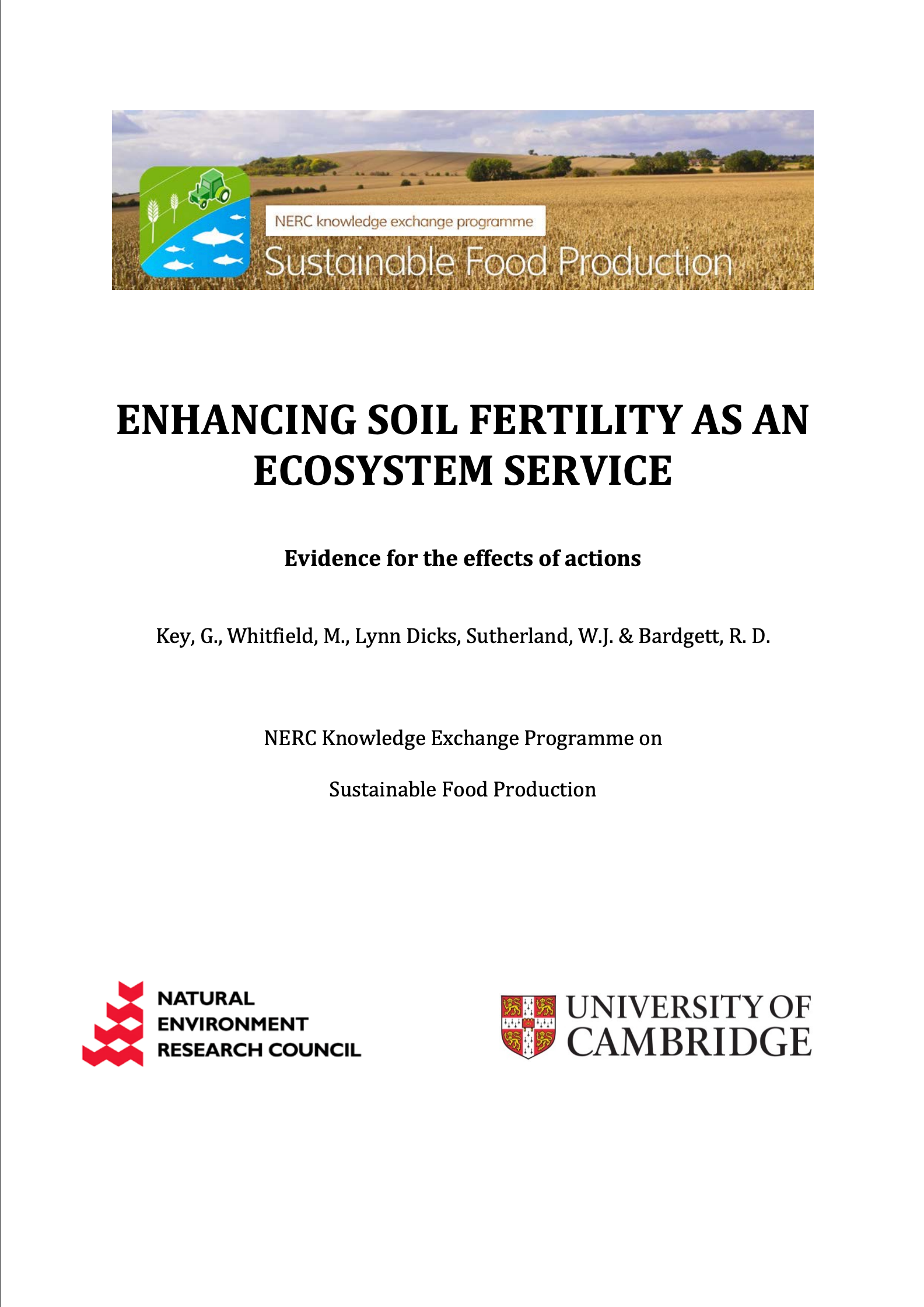Amend the soil with organic processing wastes or their composts
-
Overall effectiveness category Unknown effectiveness (limited evidence)
-
Number of studies: 2
View assessment score
Hide assessment score
How is the evidence assessed?
-
Effectiveness
58% -
Certainty
35% -
Harms
20%
Study locations
Supporting evidence from individual studies
A controlled, randomized, replicated experiment in 2001-2004 on silty- and sandy-clay soils in Seville, Spain (Tejada & Gonzalez, 2008) found that high application rates (7,120 kg/ha/year) of both crushed cotton gin compost and poultry manure reduced soil aggregate instability (see background section) (by 21% and 18%, respectively), soil density (20% and 17%) and soil loss (29% and 25%) compared to the control treatment. Nutrient loss was higher in water from amended soils (19 mg organic carbon/l for cotton compost and 22 mg/l for poultry manure) than the control soil (0 mg/l). Lower application rates of cotton compost and poultry manure also reduced soil instability, soil loss and nutrient loss, but to a lesser extent. There were four replicates of five treatments: untreated soil, cotton compost applied at 3,560 kg organic matter/ha/year, cotton compost at 7,120 kg/ha/yr, poultry manure at 3,560 kg/ha/year, and poultry manure at 7,120 kg/ha/year. Soil samples were collected from each plot to 25 cm depth.
Study and other actions testedA replicated, controlled study in 2000 on sandy loam soil in Wellesbourne, United Kingdom (Rahn et al. 2009) found that adding sugar beet Beta vulgaris tops with molasses to a barley Hordeum vulgare crop increased soil mineral nitrogen by 46% and yield by 32%, compared to no addition. Adding paper waste with sugar beet tops did not affect soil mineral nitrogen but improved yield by 23%. Amendments were applied at 3.2-3.8 t/ha, including compactor (machine which compresses waste material to reduce the space it takes up) and paper waste from the recycling industry, recently-harvested wheat Triticum aestivum straw, compost from municipal green waste, and liquid molasses (thick brown, uncrystallized juice from raw sugar) from the sugar refining industry. Amendments were applied with 42 t/ha sugar beet tops.
Study and other actions tested
Where has this evidence come from?
List of journals searched by synopsis
All the journals searched for all synopses
This Action forms part of the Action Synopsis:
Soil Fertility
Soil Fertility - Published 2013
Soils Synopsis





)_2023.JPG)














